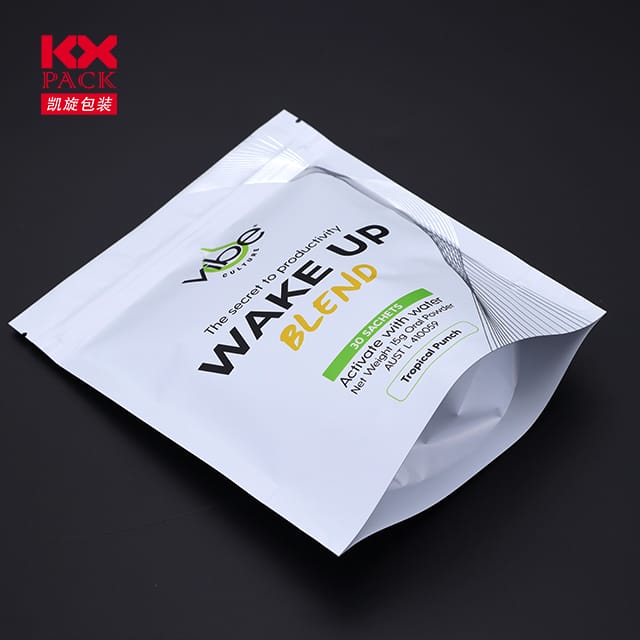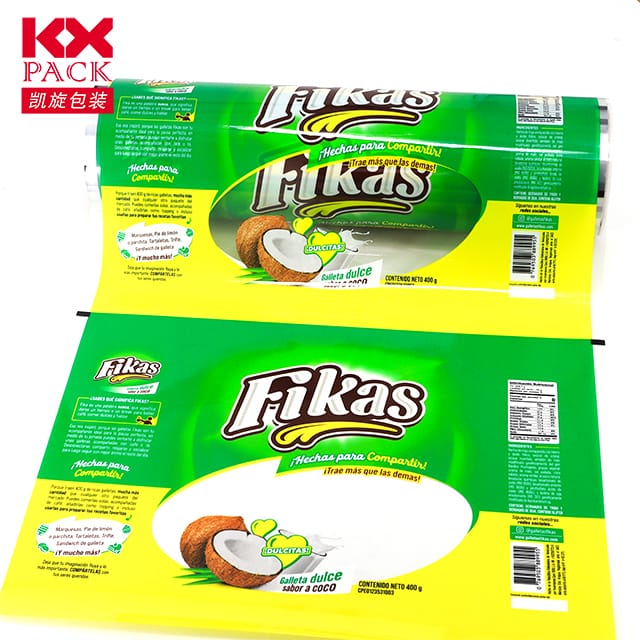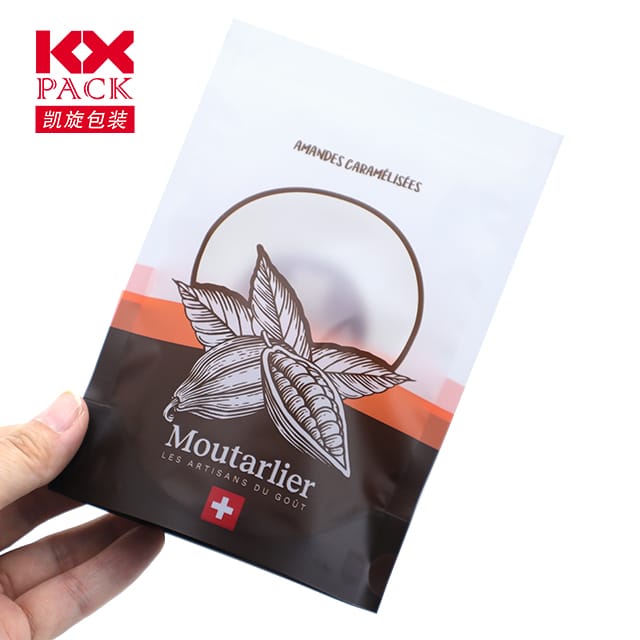Pacáistiú Scannán Solúbtha Ardú na Scannán Solúbtha: Nuálaíocht, Inbhuanaitheacht, agus claochlú tionscail
Pacáistiú Scannáin Solúbtha
I saol dinimiciúil an phacáistithe, flexible films packaging tá sé tagtha chun cinn mar changer cluiche, Tionscail a athmhúnlú ó bhia agus ó chógaisíocht go cúram pearsanta agus loighistic. Sainmhínithe ag a éadrom, inoiriúnaithe, agus ábhair ardfheidhmíochta, flexible packaging now accounts for a significant share of the global market—estimated at$270.96 billiún i 2023 and projected to grow at aCAGR 4.8% tríd 2030. This surge is driven by its ability to meet evolving consumer demands, regulatory pressures, agus spriocanna inbhuanaitheachta. Let’s explore why flexible films are becoming the packaging solution of choice.
1. Key Properties: Why Flexible Films Stand Out
Pacáistiú Scannáin Solúbtha are engineered to balance functionality and efficiency. Their defining features include:
- Lightweight and Portable: Unlike rigid packaging (E.g., glass or metal), flexible films reduce material use and transportation costs. A single truckload of flexible films can carry the equivalent of 10 truckloads of glass jars, slashing carbon emissions.
- Cosaint bhacainní: Advanced multilayer structures—combining polymers like polyethylene (Corpoideachas), polapróipiléine (BOPP), nó clóiríd polaivinile (PVC) with aluminum foil—create impermeable barriers against oxygen, taise, agus solas. This extends shelf life for perishables like meat and cheese by up to 50% compared to traditional packaging.
- Friotaíocht teochta: Flexible films withstand extreme conditions, from oven-safe pouches for ready-to-eat meals to freezer-grade films for frozen foods.
- Oiriúnú: Films can be tailored to product shapes, minimizing waste and maximizing product-to-package ratios. This precision is critical for single-serve snacks, Déileálann peataí, and pharmaceutical blisters.
2. Industry Applications: From Food to Pharmaceuticals
Pacáistiú Scannáin Solúbtha have disrupted multiple sectors by offering cost-effective, high-performance solutions:
- Bia & Deoch: The largest market segment, flexible films dominate snack packaging, wraps táirgí úra, and microwaveable meals. Mar shampla, stand-up pouches with resealable zippers reduce food waste by keeping contents fresher longer.
- Bia Peataí: Innovations like lightweight treat packs and bulk sacks with odor-barrier layers cater to pet owners’ demands for convenience and freshness.
- Cúram sláinte & Pharmacy: Sterile, tamper-evident blister packs and peelable pouches ensure drug safety and compliance with strict regulatory standards.
- Lóistíocht & Ríomhthráchtáil: Marthanach, puncture-resistant films protect goods during shipping, while shrink-wrap films secure pallets for efficient transportation.
3. Inbhuanaitheacht: The Driving Force Behind Adoption
Mar imní chomhshaoil, flexible films are evolving to meet circular economy goals:
- Reduced Carbon Footprint: Manufacturing Pacáistiú Scannáin Solúbtha requires 60% less energy than rigid alternatives like glass. Their lightweight nature also cuts fuel consumption during shipping.
- Roghanna in -athchúrsáilte agus múirínithe: Innovations like mono-material PE films and plant-based compostable films (E.g., NATIVIA® by Taghleef Industries) ag fáil tarraingt. Some brands now use 100% ábhar athchúrsáilte in their films.
- Waste Reduction: Pacáistiú Scannáin Solúbtha generate 80% less landfill waste than rigid packaging due to their efficient material use.
ach, Tá dúshláin fós ann. Scannáin ilchisealacha, while high-performing, are often non-recyclable. Industry leaders are investing inathchúrsáil cheimiceach agusadvanced sorting technologies to address this gap.
4. Treochtaí sa Todhchaí: What’s Next for Flexible Films?
The market is poised for transformative growth, tiomáinte ag:
- Pacáistiú Cliste: Integration of IoT sensors to monitor freshness or QR codes for supply chain transparency.
- Advanced Adhesives and Substrates: New laminations improve barrier properties without adding thickness, chumasú níos tanaí, stronger films.
- Comhlíonadh rialála: Stricter eco-laws (E.g., Treoir Plaistigh Aonair an AE) are pushing brands to adopt sustainable films.
- Áis Tomhaltóra: Indíolta, easy-open, and single-dose designs cater to on-the-go lifestyles.
Conclúid: Flexible Films as the Future of Packaging
Flexible films packaging is no longer just an alternative—it’s a necessity for brands aiming to stay competitive in a fast-paced, eco-conscious market. By combining innovation, inbhuanaitheacht, agus solúbthacht, these materials are redefining how products are protected, ardaithe, and preserved. De réir mar a théann teicneolaíocht chun cinn, expect flexible films to become even smarter, glaise, and more integral to global supply chains.
Ready to embrace the future of packaging? Whether you’re a brand owner, manufacturer, or consumer, the shift to flexible films is a win for efficiency, inbhuanaitheacht, and the bottom line.
Foinsíocht: Flexible Packaging Association, AMI Plastics, Taghleef Industries, Market Research Reports (2023–2030)







